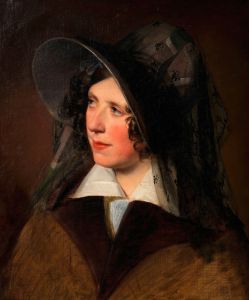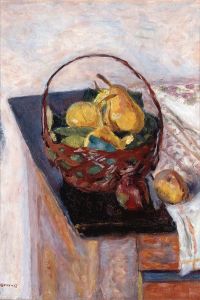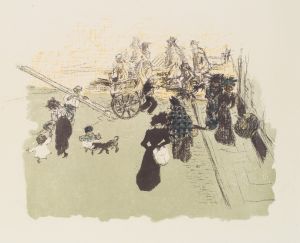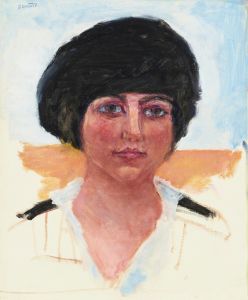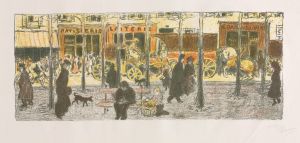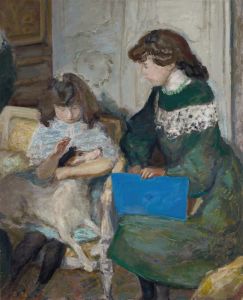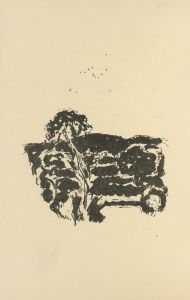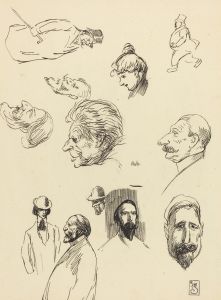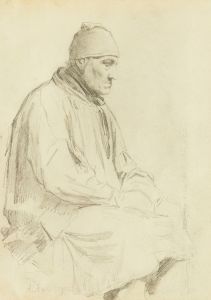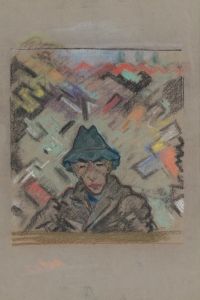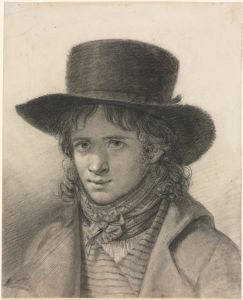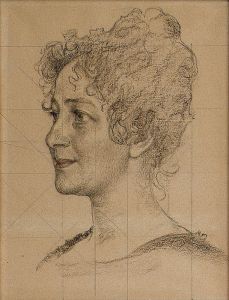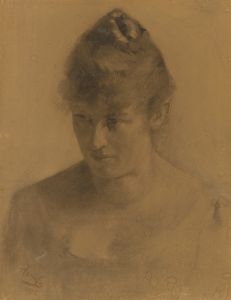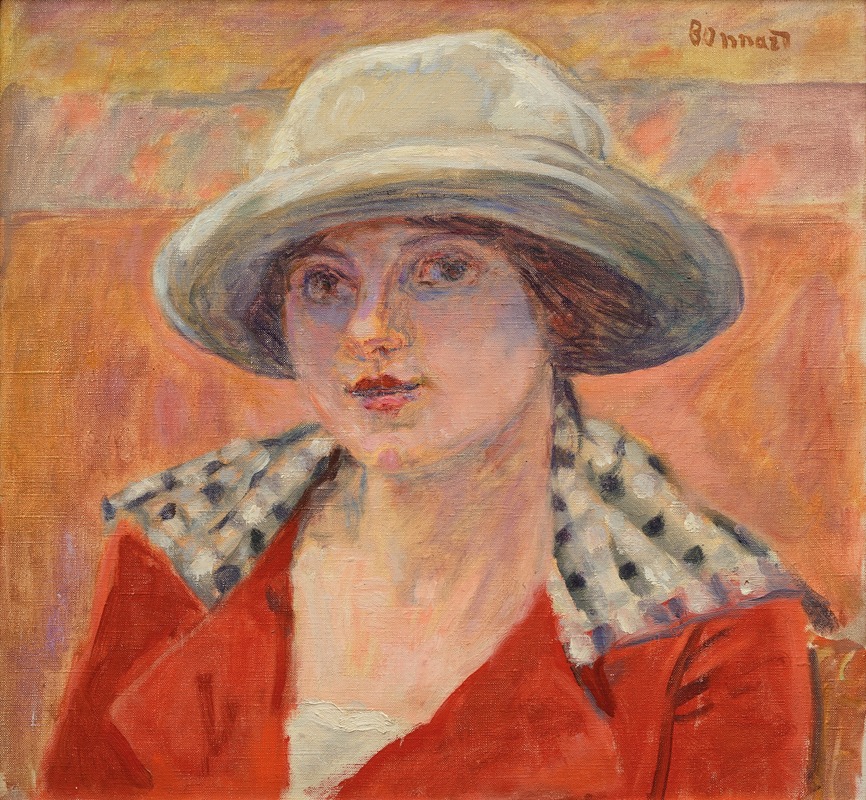
Jeune Femme au chapeau blanc ou Étude de tête
A hand-painted replica of Pierre Bonnard’s masterpiece Jeune Femme au chapeau blanc ou Étude de tête, meticulously crafted by professional artists to capture the true essence of the original. Each piece is created with museum-quality canvas and rare mineral pigments, carefully painted by experienced artists with delicate brushstrokes and rich, layered colors to perfectly recreate the texture of the original artwork. Unlike machine-printed reproductions, this hand-painted version brings the painting to life, infused with the artist’s emotions and skill in every stroke. Whether for personal collection or home decoration, it instantly elevates the artistic atmosphere of any space.
Pierre Bonnard's Jeune Femme au chapeau blanc ou Étude de tête (translated as Young Woman in a White Hat or Study of a Head) is a painting by the French Post-Impressionist artist Pierre Bonnard. Known for his intimate domestic scenes and vibrant use of color, Bonnard was a key figure in the late 19th and early 20th-century art movements, particularly associated with the Nabis group, which emphasized decorative and symbolic elements in their work.
This particular painting, Jeune Femme au chapeau blanc ou Étude de tête, is a portrait study that reflects Bonnard's characteristic focus on capturing fleeting moments and the subtleties of human expression. The artwork depicts a young woman wearing a white hat, rendered with soft, delicate brushstrokes. The composition emphasizes the subject's face and hat, with a loose, almost sketch-like quality that suggests it may have been created as a preparatory study or an exploration of light and texture. The white hat, a central element of the painting, contrasts with the surrounding tones, drawing attention to the sitter's features and the interplay of light on her face.
Bonnard often painted members of his close circle, including family, friends, and his lifelong companion, Marthe de Méligny. While the identity of the woman in this painting is not definitively documented, the intimate and personal nature of the work aligns with Bonnard's tendency to portray those close to him. The painting's title, which includes the term "étude" (study), suggests that it may not have been intended as a formal portrait but rather as an exploration of form, color, and mood.
As with many of Bonnard's works, this painting demonstrates his departure from strict realism in favor of a more subjective and emotional approach. His use of color and light creates a sense of warmth and immediacy, inviting the viewer to engage with the subject on a personal level. The loose brushwork and subtle tonal variations are hallmarks of Bonnard's style, reflecting his interest in capturing the essence of a moment rather than precise details.
The exact date of the painting's creation is not widely documented, but it likely falls within the period of Bonnard's mature career, when he was deeply engaged in exploring themes of intimacy and the everyday. The painting is held in a private collection or museum, though specific details about its current location and provenance are not readily available in public records.
Jeune Femme au chapeau blanc ou Étude de tête exemplifies Pierre Bonnard's mastery of light, color, and composition, offering a glimpse into his artistic process and his ability to convey emotion through subtle visual cues.





